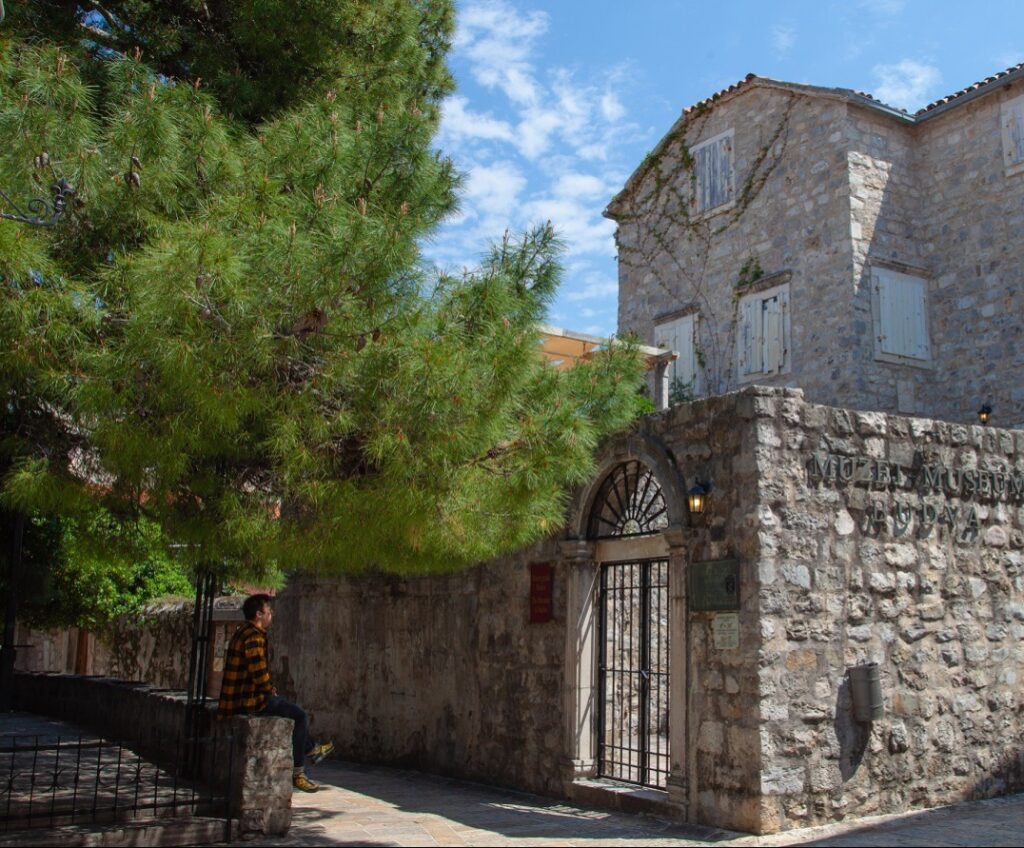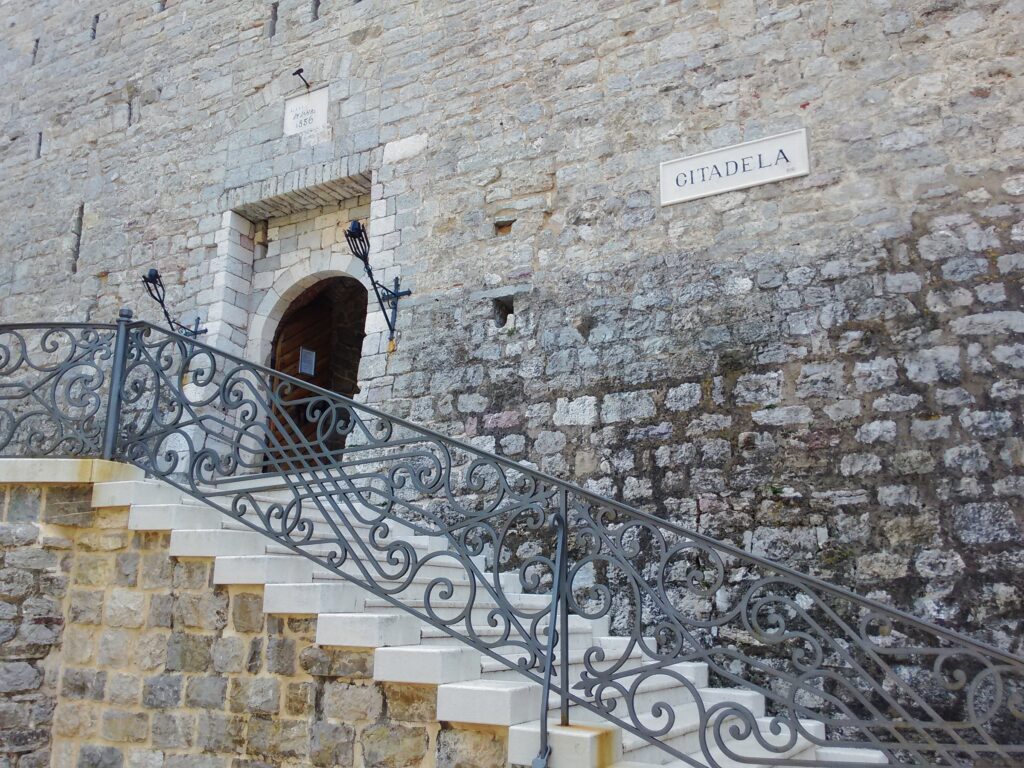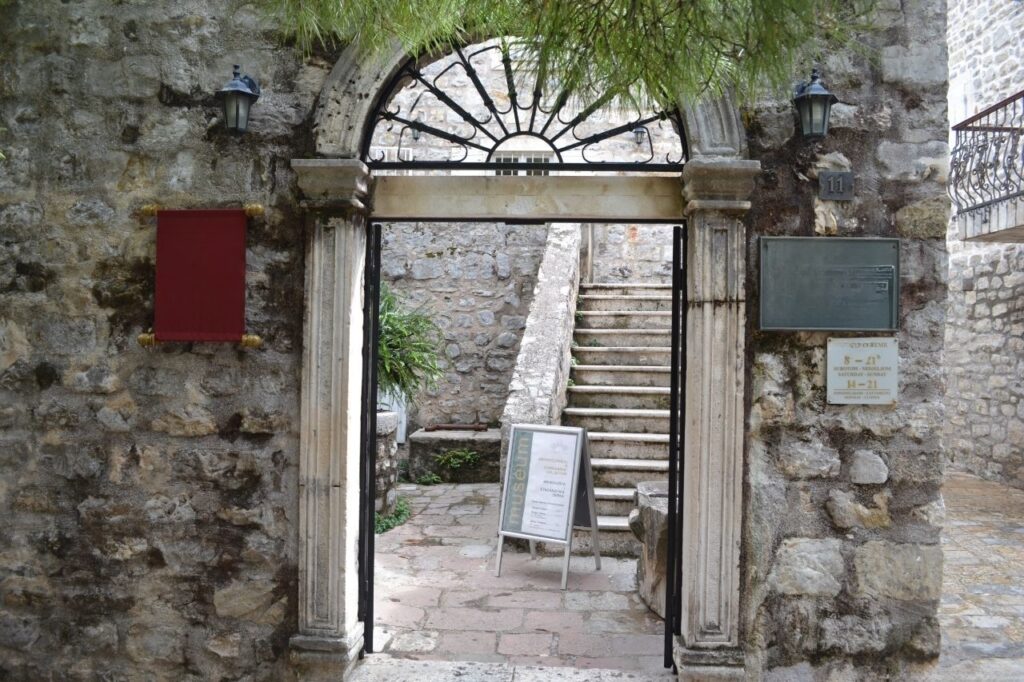Museums in Budva
Budva, a coastal town of Montenegro, is often recognized for its sandy beaches and vibrant nightlife. However, a deeper dive into its heart reveals layers of history preserved diligently by the museums in Budva. As one of the oldest settlements on the Adriatic coast, Budva’s history stretches back over 2,500 years. Its museums play a pivotal role in narrating this intriguing past.
Historically, as empires and civilizations crisscrossed the Balkan Peninsula, Budva frequently found itself at the crossroads of major historical events. From Illyrian tribes to Roman conquerors, from the Byzantine era to the Venetian rule, each left an indelible mark on the city. The importance of preserving this rich tapestry of history became evident as the modern town started evolving.
It was during the late 19th and early 20th centuries that efforts to institutionalize the preservation of Budva’s history took shape. The establishment of museums in Budva was not just to house artifacts but also to serve as educational centers, shedding light on the town’s historical significance. Among the many relics, one can find Roman mosaics, medieval scriptures, and artifacts from the time of the Venetian Republic.
Today, the museums in Budva stand as silent narrators of tales from epochs gone by. As the world rapidly changes, these institutions remind both locals and visitors of the town’s resilience and its incredible journey through time. By visiting these museums, one doesn’t just see artifacts; they witness the very soul of Budva and its undying spirit.

Architectural Museums in Budva
The coastal town of Budva, nestled on the Adriatic, boasts not only a rich historical tapestry but also a stunning architectural legacy. Particularly notable are the buildings housing the architectural museums in Budva, which blend historical designs with modern elements, embodying the city’s journey through time.
A stroll through Budva’s old town reveals an amalgamation of architectural styles. Roman, Byzantine, and Venetian influences intertwine with the local Montenegrin aesthetic. The buildings of the museums in Budva are no exception. Made of local limestone, these edifices shimmer in golden hues under the Adriatic sun, standing as testaments to the craftsmanship of eras past.
One prominent feature of these museum structures is their adaptive reuse. Many of these buildings were once palaces, monasteries, or fortresses. Today, as museums, they preserve the very history they’ve witnessed over the centuries. Arched doorways, fortified walls, and ornate frescoes provide a backdrop for the artifacts housed within. The juxtaposition of ancient walls with contemporary displays offers a surreal experience, a seamless blend of the old and the new.
The architectural museums in Budva, with their architectural magnificence, not only offer insights into the region’s history but also narrate the story of Budva’s architectural evolution. These buildings, with their intricate designs and timeless appeal, stand as silent yet eloquent witnesses to the city’s illustrious past and its reverence for architectural grandeur.

Collections in Museums of Budva
When one steps into the museums in Budva, they are immediately transported through a time machine, delving deep into the rich tapestry of Montenegrin history, art, and culture. The meticulously curated collections and exhibits provide a comprehensive view of the region’s evolution, from its ancient origins to its vibrant present.
The archaeological collections are among the highlights of Budva’s museums. Bronze Age artifacts, Roman-era inscriptions, and Byzantine treasures shine a light on the town’s early inhabitants and their interactions with neighboring civilizations. Visitors can trace the footprints of ancient settlers, soldiers, and traders, understanding the strategic importance of this Adriatic jewel.
Art enthusiasts would be particularly enthralled by the rich artistic heritage showcased in the collections in Museums of Budva. From medieval icons, frescoes, and manuscripts that reflect the deep-rooted Christian traditions, to contemporary Montenegrin art that showcases the country’s modern cultural renaissance, there’s something for everyone. The blend of Eastern Orthodox and Western influences is evident, providing a visual treat and deeper insight into the region’s diverse inspirations.
Additionally, ethnographic exhibits offer a glimpse into the daily lives of Budva’s inhabitants over the centuries. Traditional costumes, musical instruments, crafts, and household items tell tales of celebrations, rituals, and everyday routines. They echo the melodies, colors, and textures of Montenegrin life, both past and present.
In conclusion, the collections in museums of Budva are treasure troves, where every artifact narrates a story, every painting sings a song, and every exhibit invites visitors to become a part of Budva’s illustrious journey through time.

